In many regions, when talking about boiled pork belly, people imagine a piece of meat with lean meat, fat, and skin. But in Da Nang , the locals don't call it that. They have their own name, both rustic and figurative: "meat with two skins".
Hearing this, anyone who has never eaten it will be surprised. What is "two-sided skin"? Actually, that is how people from the Central region refer to a piece of meat that has skin on both sides - the lean layer in the middle, with alternating layers of skin and fat on both sides. This type of meat is not available everywhere, but is usually only cut from the belly near the pig's neck, where the meat rolls into a circle, with two natural skin ends.
It's not just boiled meat - it's the art of boiling.
Whether the dish of pork with two skins is delicious or not does not depend on the expensive ingredients, but on the way of boiling and slicing. Da Nang people do not boil the meat in a rush. They put it in boiling water with a little salt, grilled onions, crushed ginger, then lower the heat and boil slowly so that the meat is cooked from the inside out, without breaking the surface, not drying out the lean meat, and not cracking the skin.
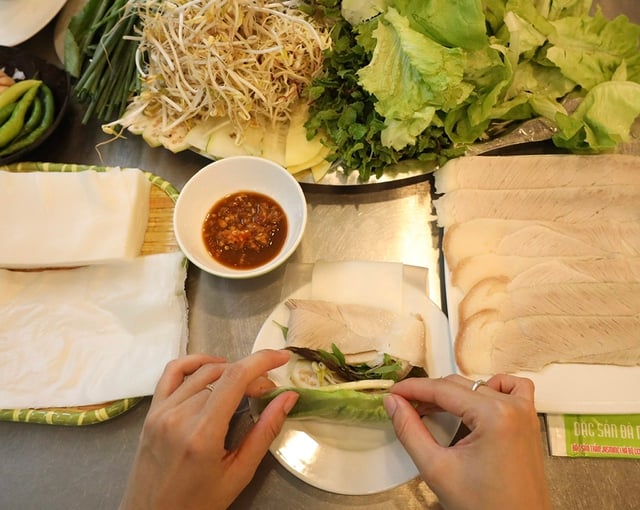
Double-skinned meat, a signature dish of Da Nang
PHOTO: HUY DAT
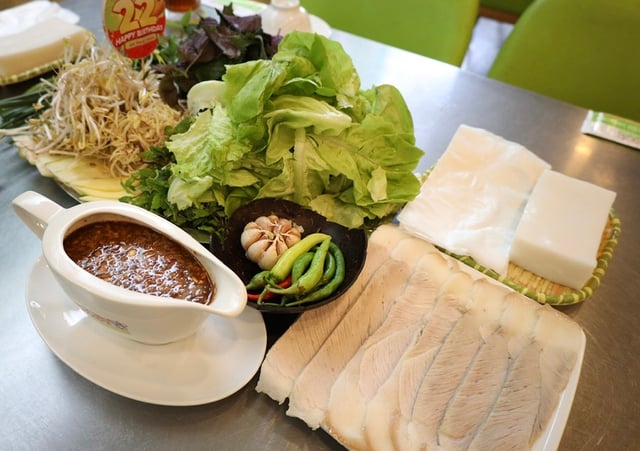
Meat with skin on both ends is often eaten with fish sauce.
PHOTO: HUY DAT
After the meat is cooked, it is taken out and soaked in cold water to prevent the skin from becoming mushy and to retain its slight crispness. When slicing, it must be cut across the grain, into bite-sized pieces, so that the meat has three even layers: skin - lean meat - skin, like a three-layer cake, fatty but not greasy, chewy but not tough.
What to eat with? Eat with nostalgia!
The pork skin is usually eaten with pure fish sauce, minced garlic and chili, and pureed pineapple, mixed together until smooth. When dipped, you will taste all the salty, sweet, spicy, sour, and strong flavors. Accompanied by fresh green vegetables, including perilla, fish mint, young cabbage, green banana, sour star fruit, and indispensable grilled rice paper or soft rice paper rolls.
Wrap a piece of meat in rice paper, add some vegetables, dip in fish sauce, take a bite and you will feel the soul of the mountain town, the soul of the coastal town. That is the taste of a tray of rice from the countryside, of a rainy afternoon in Hoa Khanh, of a simple but cozy dinner after the market and school hours.
A dish - a way to identify a place
It is no coincidence that Da Nang people do not call it "boiled pork belly" like other places. The way they name it "two-skinned pork belly" is a way to preserve the identity and uniqueness of the Central people - simple, not fancy, but clear, unmistakable.
When someone is far away and craves a home-cooked meal, just hearing someone mention: "There's boiled meat with two skins!" suddenly warms the heart, as if seeing the figure of mother standing next to the charcoal stove, the pot of meat steaming...
Meat with two skins - the simple name - the deep taste - the permeating soul. A dish of memories, of identity, and of the heart of people who never forget their homeland.
Nowadays, the pork belly appears not only in home meals but also in Da Nang restaurants as a "local culinary heritage". Some places even hold buffets, wrapping pork belly in rice paper for visitors to roll themselves, served with fish sauce "strong as Da Nang's love".
Meat with two skins - the simple name - the deep taste - the permeating soul. A dish of memories, of identity, and of the heart of people who never forget their homeland.
Source: https://thanhnien.vn/huong-vi-que-huong-thit-hai-dau-da-mon-an-dam-da-hoi-tho-da-nang-18525081719063475.htm










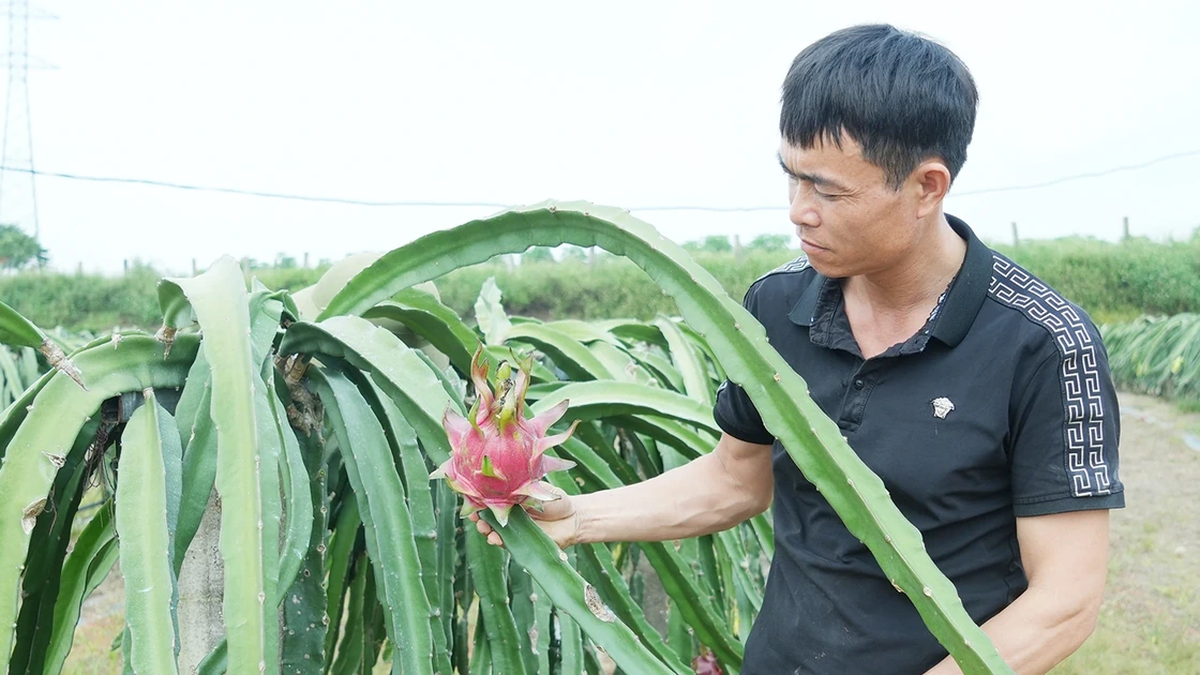













![[Photo] Prime Minister Pham Minh Chinh attends the opening ceremony of the National Data Center](https://vphoto.vietnam.vn/thumb/1200x675/vietnam/resource/IMAGE/2025/8/18/b5724a9c982b429790fdbd2438a0db44)







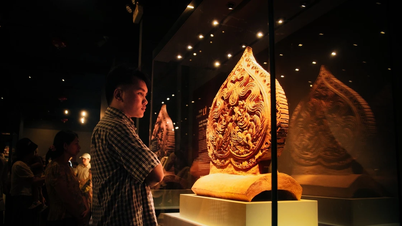































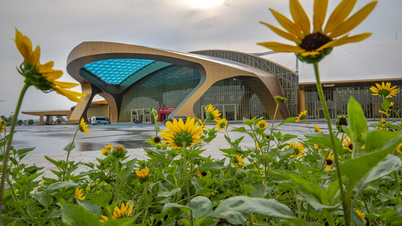


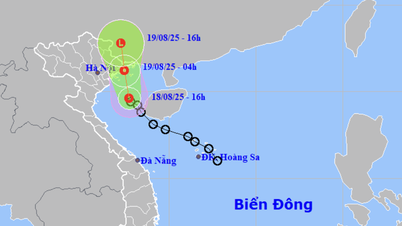















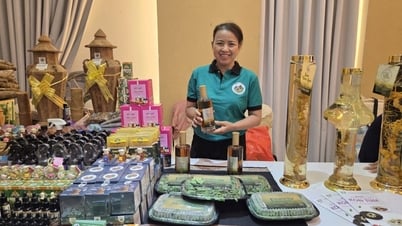








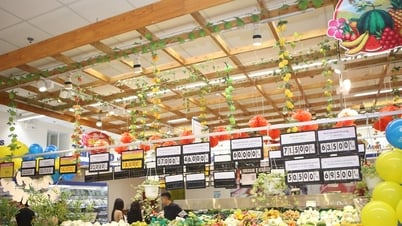





Comment (0)